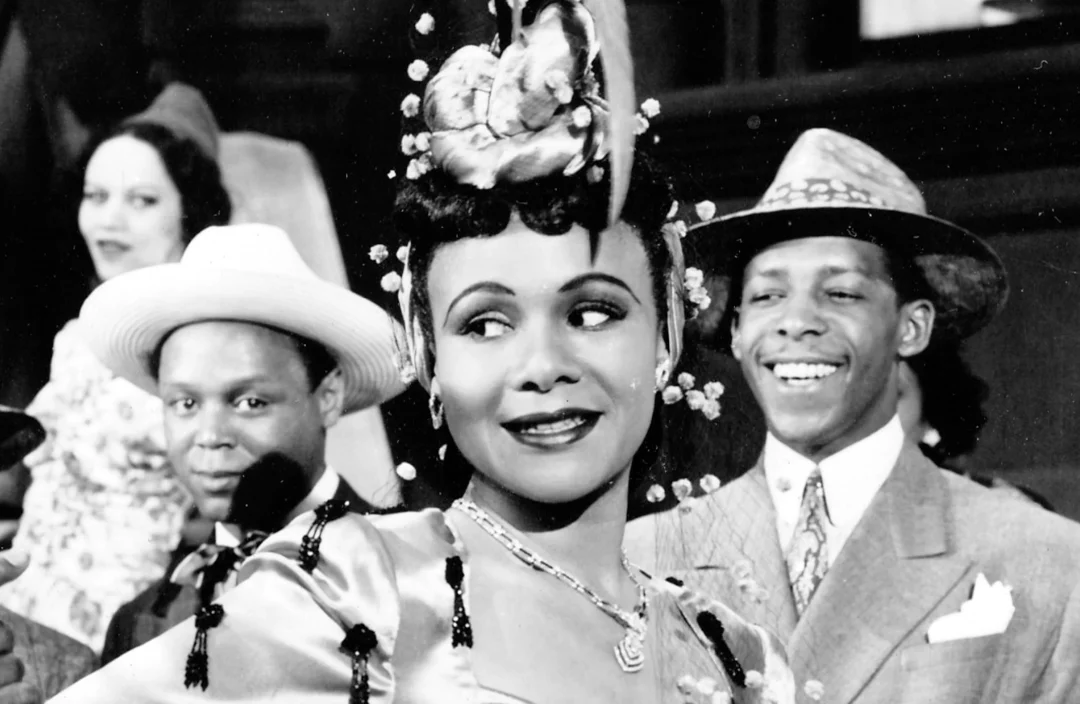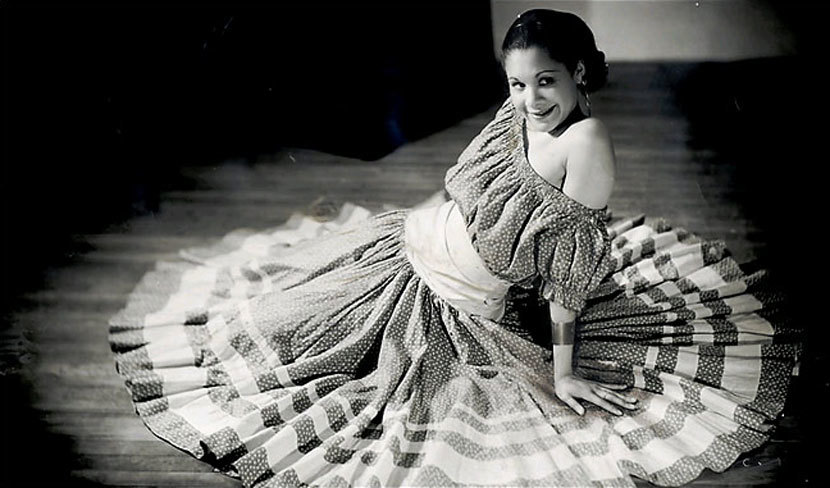This blog entry has been adapted and first appeared on DanceEdTips.com on October 15, 2019.
“Art becomes more important than ever to answer man’s need to participate, to experience total involvement, to restore psychic balance, to compensate for the spiritual inadequacies of the present. In one way or another, the philosophers of the human experience all agree that art brings the generative idea, the revelation, the vision awaited by man to set him free and at the same time provide a mechanism for that most important of all drives, creative participation.”
Katherine Dunham, 1970 (Dunham, 2005)
American modern dance legend Katherine Dunham (1909 – 2006) understood that artists were among the earliest living cultural diplomats in human society. To Dunham, it was less important for her students to reach the ranks of dance royalty than to become citizens who would take part in the development of their own communities.
“Katherine the Great,” as the press dubbed her, became a star across the globe. She was recognized by her glamorous image, but what she accomplished offstage is what truly distinguished her from her peers. Prior to the Civil Rights Era, she hired Black and Brown talent in nearly every country she traveled. (Investigate DunhamsData.org to see where Dunham and her company traveled between 1947 and 1960) Back at home in the United States, she fought for Civil Rights, confronting the Jim Crow South and driving the desegregation of many theatres, shaking old establishments out of complacency and demanding the respect she had earned.

In 1967, Dunham transplanted her operations to East St. Louis, Illinois. “Nothing satisfied me,” said Dunham, “as much as the investigation of dance, the participation in dance, the creation of dances, and helping develop dancers.” (Dunham, 2005) She allowed her calling to teach lead her through the world. She founded her first school in Chicago in the early 1930s, and in 1944, she created the Katherine Dunham School of Arts and Research in New York City.
It was 1967 in East St. Louis, Illinois when Dunham was able to settle down and articulate her next-level goals. After two decades of trotting around the globe, she implemented her vision of education and spoke directly to the people in her community. Capturing the interest of young African-American men with karate, she brought members of her touring company to teach on faculty. The school she established with Southern Illinois University at Edwardsville, was the Performing Arts Training Center, later known as the Katherine Dunham Center for the Performing Arts. It is now known as the Performing Arts Program and it is a part of SIUE’s East St. Louis Center. Thanks to her efforts in education, her legacy has been maintained to a large degree within its embodied form. There are at least five generations of Dunham dancers, starting with members of the original Dunham Company.
As a dance educator grounded in the Dunham Technique and Philosophies, I seek opportunities to apply a historically-based, culturally-responsive approach by designing classroom experiences that will help students assess their own personal biases. Making the commitment to decolonize one’s dance curriculum is an important step, but what does it mean to turn a decolonizing goal into action? To me, this means offering context for all of the dance forms we study and allowing students to problematize important issues through embodiment, discussion, and deep reflection. Katherine Dunham inspired generations of dance teachers to use multicultural sources in their work. Her impact is only growing.
One take-away I have gained through years of lessons in Dunham Technique and dances of the African Diaspora is that knowing a physical movement is never enough. I must understand why people are moving in a particular way, the origin of the movement, and what result this movement is intended to have on the self, the surrounding community, and the chosen audience. This prerequisite to understanding dance in society is supported through Katherine Dunham’s theory of form and function.
During a curtain speech after her company’s performance in Kentucky in 1944, she remarked, “It makes me very happy to know that you have liked us, but tonight our hearts are very sad because this is a farewell to Louisville . . . I have discovered that your management will not allow people like you to sit next to people like us. I hope that time and the unhappiness of this war for tolerance and democracy . . . will change some of these things. Perhaps then we can return.” After deliberating, the theatre board decided to integrate. “They got themselves together,” she said, recounting the story at Jacob’s Pillow in 2002. (2019)
Katherine Dunham faced racism and sexism head on, even as she struggled to balance her own artistic dreams, personal desires, and political commitments. (Dee Das, 2017) As educators and guides, we should work toward the goal of increasing our students’ individual agency in the world and allow them to solve problems through varied perspectives. If self-mastery is the goal of Dunham Technique, isn’t it also the key to helping students to become artists and leaders in their own right? Whether or not you are a teacher of Dunham Technique, you can guide your students in this way as well.
Works Cited
Dee Das, Joanna. Katherine Dunham: Dance and the African Diaspora. Oxford University Press. 2017.
Kaiso! Writings by and about Katherine Dunham. Edited by V. Clark and S. Johnson, University of Wisconsin, 2005.
Katherine Dunham on Overcoming 1940s Racism, Jacob’s Pillow: Pillow TV, 14 Oct. 2019 https://youtu.be/R_h0PBtv5-c.
The Dunham Data Project (2018 – 2022) www.dunhamsdata.org
Performing Arts Training Center, East. St. Louis, Illinois: https://en.wikipedia.org/wiki/Performing_Arts_Training_Center
